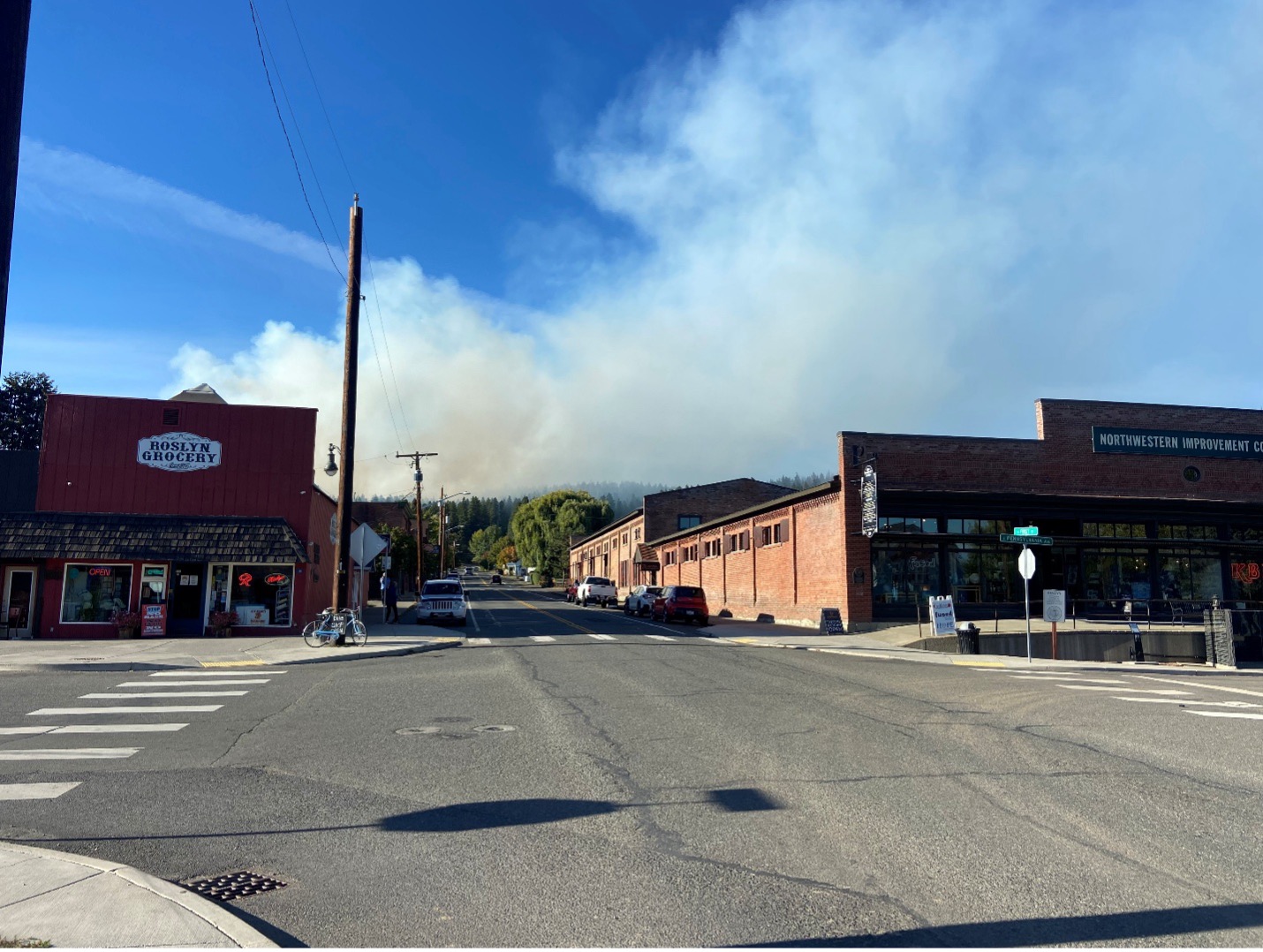Fire in the Shrub-Steppe Webinar Series
The sagebrush steppe is one of the largest ecosystems in North America and one of the most threatened due to human land use conversions, non-native plant invasions, and wildfire. This five-part virtual series will introduce us to the ecology of this unique ecosystem, the past and current role and impact of fire on the landscape, and to many of the brilliant folks working every day to manage and protect critical habitat, wildlife, and communities living with fire in the shrub-steppe.
Part I: Fire Behavior and Ecology of the Shrub Steppe
Alison Dean, Central Oregon Fire Management Service and U.S. Bureau of Land Management, and Marth Brabec, City of Boise, will provide an overview of historic and modern fire behavior in different communities of the sagebrush biome, shrub-steppe ecology, and post-fire restoration considerations.
Part 2: Threatened and Endangered Species
Pygmy rabbits, greater sage grouse, songbirds, and Umtanum desert buckwheat…oh my! Learn how fire and land management can impact key threatened and endangered species and the top three things to take into consideration before taking action where these species call sage brush their home.
Part 3: Vegetation Management – Grazing and Mechanical
Vegetation management in the shrub steppe is critical to protecting communities and meeting landscape management goals. Chris Schactschneider, OSU Extension, and Seth Hulett, Washington Department of Fish and Wildlife, will share examples of how grazing and mechanical treatments can be used to change fire behavior.
A diverse group of panelists highlights a variety of engagement strategies in diverse communities. Caty Johnson from Nuestra Casa, Jerry McAdams from the Boise Fire Department, Jon Riley from Chelan County Fire District 1, and Kirsten Cook from Okanogan Conservation District will share their approaches, successes, and strategies for stirring up action.
Part 5: Invasive Species/Native Seeds and Grasses
Disturbance events, such as overgrazing and the catastrophic fires, in our shrub-steppe landscape, can kick-start a negative feedback loop with the invasion of noxious weeds. These invasive species can have a direct effect on services and ecological benefits provided by the shrug steppe landscape. Learn what we can do to minimize the spread of invasive plant species and how native seeds and grasses can be used to restore this brittle system.




